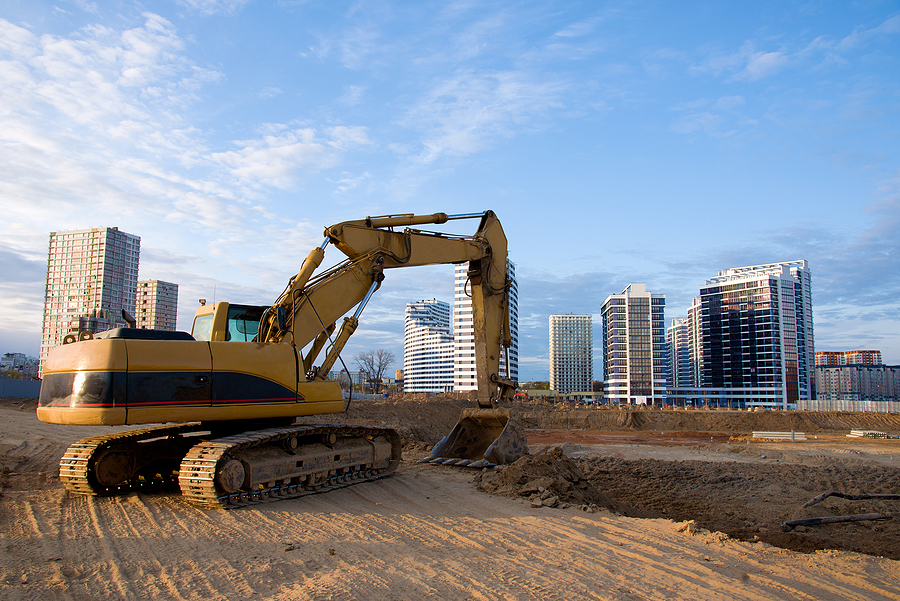If your facility or construction site is seeking National Pollutant Discharge Elimination System (NPDES) permit coverage, you’ll want to make sure you have a plan in place for managing stormwater pollution.
A stormwater pollution prevention plan (SWPPP) is a site-specific document that supports the identification and control of pollutants from stormwater runoff. Thus, developing and maintaining a SWPPP is a critical requirement for NPDES permits.
Here’s a quick look at the purpose of SWPPPs, why it’s important to have one, and when it’s required.
Why are SWPPPs important?
Stormwater runoff from rain and snowmelt becomes a problem when impervious surfaces — like roads, parking lots, and buildings — prevent water from naturally flowing and filtering into the ground. When passing along these impermeable surfaces, stormwater can pick up sediment, trash, toxins, and pollutants and carry them into the soil and waterways. This can endanger wildlife, aquatic life, surface water quality, and human health. Soil erosion and localized flooding may also occur.
Related Reading: What Is Stormwater, and When Does It Become a Problem?
Essentially, a SWPPP helps prevent these situations by pinpointing potential stormwater pollution sources and describing what structural and non-structural stormwater best management practices (BMPs) the site operator will put into place to control them. The plan should also include key elements such as:
- A detailed site map and descriptions of planned activities
- A list of site operators, contractors, and subcontractors and their responsibilities
- Maintenance and inspection procedures, schedules, and records
- Updates in the plan due to changes in site conditions and activities
Properly documenting and implementing the SWPPP not only protects the environment, it helps operators avoid costly pollution cleanup and fines from the EPA or state and local environmental protection agencies.
Resource: Developing Your Stormwater Pollution Prevention Plan (EPA)
When are SWPPPs required?
NPDES permits are often a requirement for facilities that have the potential to discharge pollutants into water bodies. In addition, construction activities that disturb an acre or more of land will generally need an NPDES permit for stormwater discharges. These activities may include clearing and excavating, as well as areas used for things like fueling, stockpiling, or storing materials and equipment. Site operators won’t be able to secure a NPDES permit without a SWPPP.
Some instances when NPDES permits are generally not required include facilities that discharge into municipal sanitary sewer systems (depending on your local requirements), as well as construction activities that don’t impact the land (e.g., interior repairs, remodeling, etc.) or are part of routine maintenance (e.g., road upkeep, landscaping, etc.). Waivers may also be an option for small sites where and when precipitation is low.
Specific permit requirements may differ by state. For example, Michigan’s stormwater permit program requires facilities to have an industrial storm water certified operator or construction storm water certified operator to supervise stormwater treatment and control measures.
If you have any questions about stormwater solutions, our team of experts is here to help. Contact us today to learn more about our environmental services, including:
- Stormwater Pollution and Prevention Plan (SWPPP) development
- Spill Prevention, Control, and Countermeasure (SPCC) plan development
- Stormwater testing, monitoring, and reporting

